Since the start of Covid-19 in March 2020, the United States of America has unleashed fiscal stimulus spending of close to 5.2 trillion dollars. The rapid printing of money caused concern over an economic crash. Many countries quickly took steps towards de-dollarization of their economies. Prices in the U.S. began to soar, including the cost of lumber of which reached its all-time high in May 2021. The cost of lumber, like many other prices, is now beginning to decrease slowly, but visions of an economic crash has been stirring in our mind for months on end.
The thought of increasing prices forced many of us to think about how we can preserve our lifestyles, if our everyday conveniences and comforts reached monetary heights that were far out of our reach. If you have the ability to build a self-sufficient life for yourself and your loved ones, there has likely been no other time where you have put as much consideration in to beginning your journey towards a self-sufficient lifestyle than now.
From growing our food to providing our heating, electricity, and maintain everyday conveniences, there are ways for us to take the jump towards a self-sufficient life on our land. Let’s explore the 6 most essential steps towards building a self-sustaining life.
Preparing Your Home To Withstand Varied Temperatures
During the harsh winter months, we all want a warm dwelling to hide away in. There are a number of ways that you can keep comfortable temperatures in your home without the need for gas or electricity.
The first and most important thing needed in order to maintain comfortable temperatures is efficient insulation. Every nook and cranny of your home should be insulated. Double to triple panned windows and hardwood doors are best for helping to keep out the cold. But even so, the insulation and caulking around the windows and doors must be properly done to insure that no cold drafts can break in. Trust me, a small crack makes all the difference. Heavy wool-lined curtains throughout the house will also help to prevent the cold and heat from seeping in through windows and doors.
If you have a basement and attic, it is crucial that both ends are well-insulated. Wood wool is one of the most ecological insulation materials available. A lining of a minimum of 25 inches is needed in both the basement, attic and along the outer walls of your home for optimum insulation. If you would prefer to be truly self-sufficient, bundling hay and using it in place of industrially-made materials is also a reliable means of insulating your home.
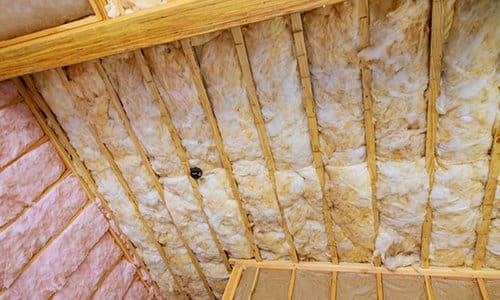
For heating both your home and water, a purchased or DIY rocket stove will provide sufficient heat for you and your family. A solar water system placed on your roof is also a great way of achieving hot water for use. An oldie, but a goodie – a nice medium range wood fire cooking stove allows for both cooking and heating your home. When placed strategically in a well insulated home, it’s possible to heat the entire house with one wood stove.
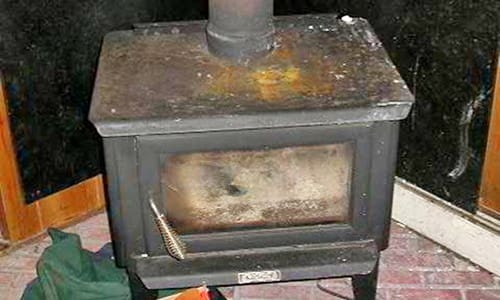
Building Your Own Energy Source
One of the best purchases one can make on their property (given that you would need property on open land) are solar panels and wind turbines, or a solar and wind hybrid system. Of course there are a myriad of free energy generators that you can make yourself at home.
Building solar panel lanterns is also an easy option for lighting up your home. Just place your lanterns outside during the day, and bring them in when the sun begins to set for the evening.
Related: How To Build a Solar Heater from BEER cans for FREE
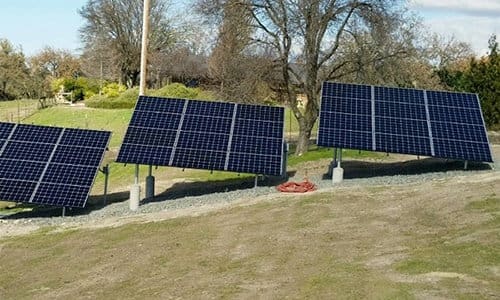
Locating Your Water Source
Ideally, we would have properties with either a well or access to a natural water source. Tapping for water may be an option for your property, but you would want to speak to a professional for advice and guidance.
Collecting rain water in large reserves is brilliant for watering your crops and taking care of needs that call for water such as washing your clothes. Purification of water for drinking can be achieved from boiling and filtering your water, as well as using iodine directly in the water (be sure to educate yourself on the proper ratios, as too much iodine can be harmful to your health).
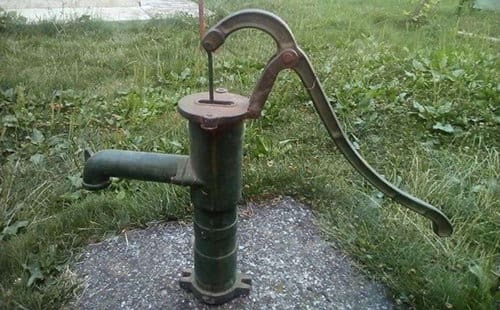
Exploring Transportation
Cars are most likely still going to be something you would have on hand and use as needed. This of course calls for the purchase of an energy efficient vehicle. A form of transportation that won’t force you to rely on anyone but yourself would be an electric bike. You can create your own charging station with an old bicycle or stationary bike.
Creating Fabrics
Of course keeping sheep pops in to the minds of homesteaders when it comes to making your own clothing and house linens. But if your locations temperatures allow for it, growing hemp is ideal for fabric making as well as an array of other house hold needs. Hemp seed oil is nutrient dense and great addition in any household. Hemp can produce 250% more fiber than cotton and 600% more fiber than flax with the same amount of land.
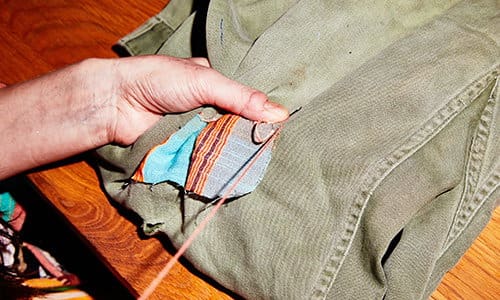
Food Production
Without a doubt one of the most important and time consuming tasks to master in order to be self-sufficient, is food. A well thought out and carefully planned garden is in order. Building a green house on your land will help to ensure that not only will you sprout your seeds for a timely planting, but you can grow some of your favorite items year round.
Rearing a nice selection of animals will keep you well fed throughout the year. Chickens and pigs are ideal. Chickens are easy to keep and ready to reproduce by 6 months old. This allows you access to the versatile egg, and a steady supply of chicken. Pigs when ready to butcher are plentiful and provide the extra benefit of keeping lard for cooking and use in a variety of house hold needs such as candles, soaps and balms.
Goats are ideal animals for fresh milk and cheese making.
Around 1,000 square feet of land will provide enough space to grow a bushel of wheat. A Bushel of wheat should supply around 90 loaves of bread. When used wisely and alternatively with tubers, this ensures a nice supply of carbohydrates throughout the year.
Related: 6 Small Animals You Can Raise On Your Property
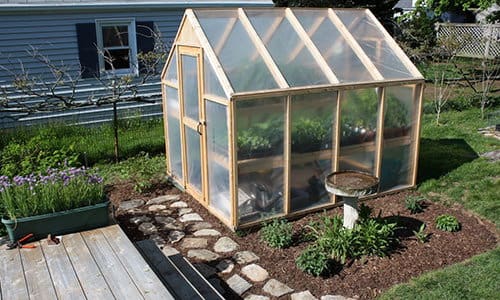
There a hundreds of steps that you can make towards creating a self-sustaining life style.
There are hacks and systems you can put in to place to achieve similar conveniences of which you have grown accustomed to. With that, it’s important to note that these steps take plenty of planning and time.
The past year has proven to us all that we never truly know what the future holds for us. Imagine creating a world where you can rely on just yourself and know-how, and begin to turn it in to a reality today.
You may also like:
 Easy DIY 165 Gallon Rain Harvester
Easy DIY 165 Gallon Rain Harvester
Cheap and Easy to Build Root Cellar in Your Own Back Yard (Video)
6 Best Guns To Have Around Your Homestead
Is It Legal To Harvest Rainwater In Your State?
10 Items To Stockpile For When The Power Goes Out
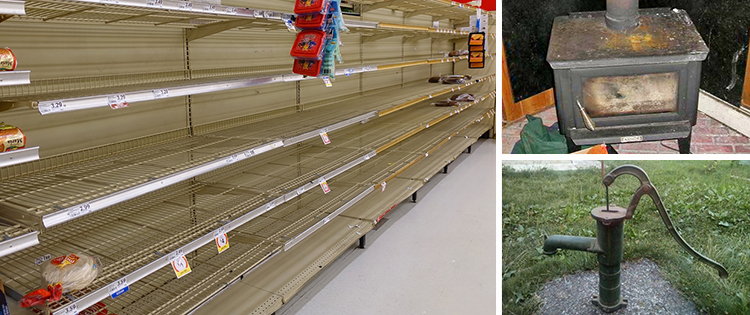








What upcoming crisis. People have been saying this for years and NOTHING.
Go do some research on current supply chain strains. many areas already getting low on dairy, eggs, and hot produce items.
Nobody can put a date on any of this. You can ignore what you can see happening now, worldwide disease, war throughout the world, economies & governments collapsing, man’s inhumanity towards man, the climate disintegrating, worldwide food and water shortages, … or you can prepare to make your life easier during the transitional period.
Really? Didn’t you experience something like that in the past year? I don’t even want to think on what’s going to come in the next period… starting with the US Dollar and the losing of jobs, the world is not going to be a better place.
Read Revelation